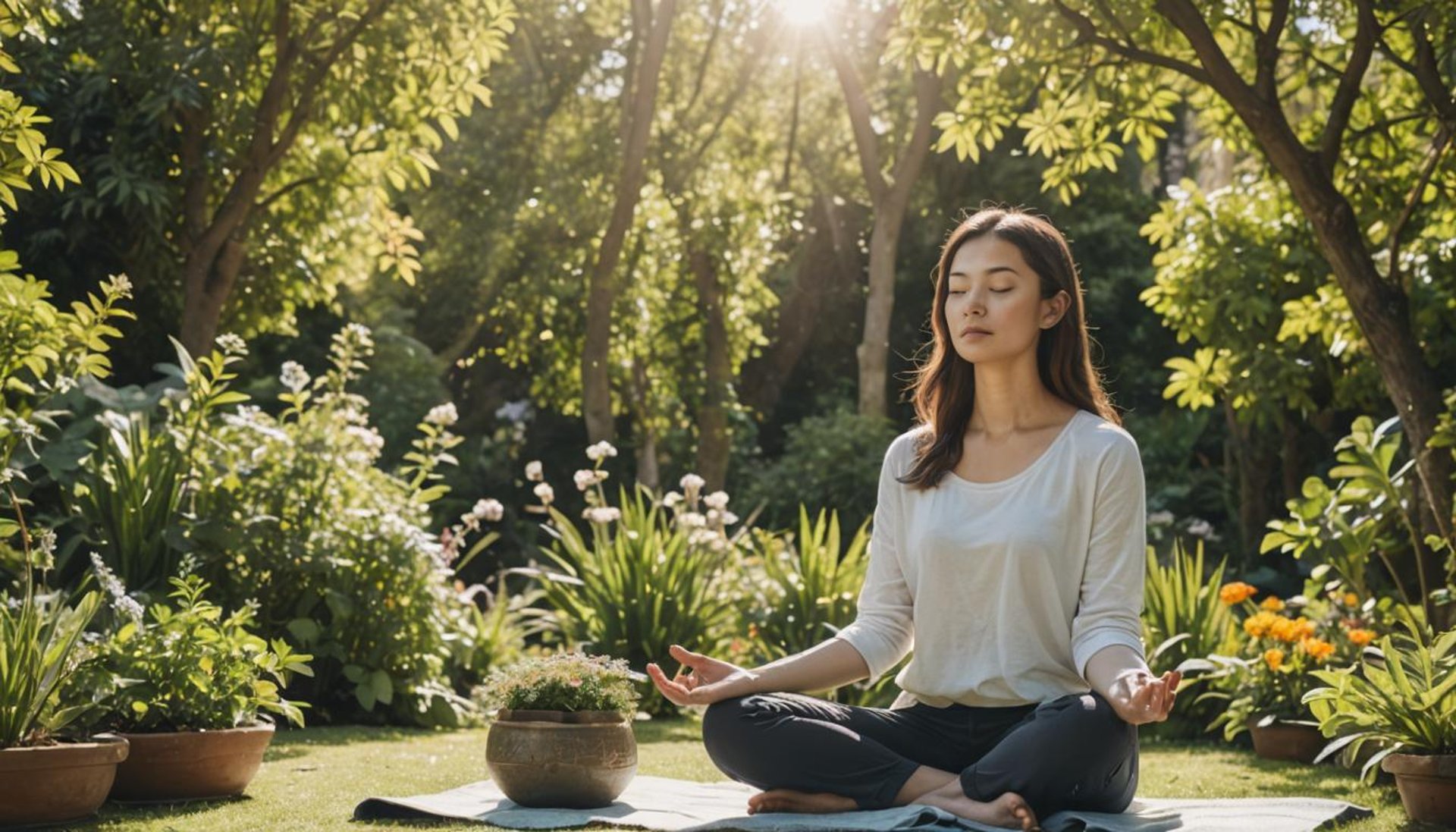
Breathe Easy, Meditate Deeply: The Power of Pranayama in Meditation
This article explores Pranayama, the yogic art of breath control, and how it can benefit your meditation practice. Learn how Pranayama techniques can increase concentration, enhance relaxation, and cultivate greater awareness, leading to a calmer and more focused meditation experience.
AWAKE TIPS
Ever felt a bit scattered during meditation? Or maybe your mind races a mile a minute? Pranayama, the yogic art of breath control, can be your secret weapon for a calmer, more focused meditation practice. Let's explore what pranayama is and how it can supercharge your meditation sessions.
Understanding Prana: The Life Force Within
In yoga philosophy, prana is the life force energy that flows throughout our body. Pranayama literally translates to "life-force extension" - practices that help us regulate and optimize this energy. By controlling our breath, we can influence the flow of prana, impacting our physical, mental, and emotional well-being.
Pranayama for a Focused Mind
So, how does pranayama translate into a better meditation experience? Here's the magic:
Increased Concentration: Pranayama techniques like alternate nostril breathing (Nadi Shodhana) and kapalabhati help lengthen and regulate your breath. This focused breathing act calms the mind chatter, allowing you to enter a state of deeper concentration during meditation.
Enhanced Relaxation: Pranayama techniques like Dirga Pranayama (Three-Part Breath) encourage slow, deep breathing. This not only brings oxygen to your cells but also activates the parasympathetic nervous system, promoting relaxation and preparing your body for a more meditative state.
Greater Awareness: By focusing on your breath during pranayama, you become more aware of subtle sensations in your body. This heightened awareness translates beautifully to meditation, allowing you to observe your thoughts and emotions without getting caught up in them.
Ready to Give Pranayama a Try?
Start with simple techniques like alternate nostril breathing or Dirga Pranayama. There are many resources online or you can join a yoga class to learn proper technique.
Begin with short practices (5-10 minutes) and gradually increase the duration as you become comfortable.
Consistency is key! Integrate pranayama into your daily routine, even if it's just for a few minutes - the benefits will compound over time.
With a little practice, pranayama can become a powerful tool to enhance your meditation practice and cultivate inner peace. So next time you sit down to meditate, take a few deep, conscious breaths - you might just surprise yourself with how much calmer and more focused you feel.




